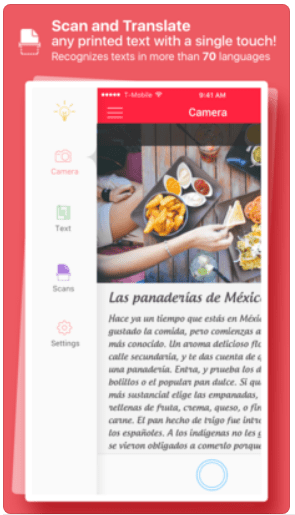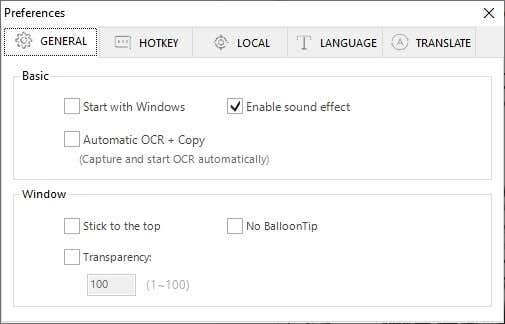
Japanese Ocr Ios Trial Ends Google
Translation is the same, 500,000 characters for free each month, after that is 20 per million characters.From constructing a Convolutional Neural Network to deploying an OCR to iOS The Motivation for the Project ✍️ ?For more information, see Accessibility in Microsoft Lens for iOS. Remember if your free trial ends Google gives you for free each month a 1000 OCR requests/images, after that is 1.50 for every 1000 images you OCR. Microsoft Translator is powered by cutting-edge technology used by Office, Bing, Skype, Internet Explorer as well as by partners such as Twitter, Yelp, eBay, WeChat and more.Also. Microsoft Translator enables you to translate text or speech, have translated conversations, and even download languages to use offline.

For those who would like to build one for other languages/symbols, feel free to customize it by changing the dataset.Without further ado, let’s take a look at what will be covered:Part 1️⃣: Obtain the dataset and preprocess imagesPart 2️⃣: Build & train the CNN (Convolutional Neural Network)Part 3️⃣: Integrate the trained model into iOS What the final app could look like (demo comes from Recogmize) Obtain the dataset & Preprocess Images ?The dataset comes from the ETL Character Database, which contains nine sets of images of handwritten characters and symbols. We learned a lot throughout the process, but more importantly, we were thrilled to ship a better product for our users.This article will break down the process of how we built a Japanese OCR for iOS apps. Users can be deep in the mountains without the internet and still open up Nukon to maintain their daily routine of learning Japanese. The biggest benefit we got from building one from scratch was that ours works offline. We had no choice but to build our own OCR. Basic Hiragana & KatakanaDuring the development of Nukon, there was no API available for handwriting recognition in Japanese.

Model = Sequential()Model.add(Conv2D(32, 3, 3, input_shape=input_shape))Model.add(MaxPooling2D(pool_size=(2, 2)))Model.compile(loss='categorical_crossentropy',Model.fit_generator(datagen.flow(X_train, y_train, batch_size=16),Nb_epoch=30, validation_data=(X_test, y_test))Here are some tips if you find the performance of the model unsatisfactory in the training step: Model is overfittingThis means that the model is not well generalized. Feel free to play around with different parameters yourself. The combination below gave me the highest accuracy — 98.77%. When I first built the model, I experimented with hyper-parameters and tuned them multiple times.
The dataset was compiled by a Japanese university, though…? Integrate the Trained Model Into iOS ?We are finally putting everything together! Drag and drop hiraganaModel.mlmodel into an Xcode project. It took us some time to realize that images in ETL8 weren’t in “alphabetical order” (thanks to Kaichi for realizing this). Import coremltoolsCoreml_model = coremltools.converters.keras.convert('./hiraganaModel.h5',Coreml_model.short_description = 'Detect hiragana character from handwriting'Coreml_model.input_description = 'Grayscale image containing a handwritten character'Coreml_model.output_description = 'Output a character in hiragana'Coreml_model.save('hiraganaModel.mlmodel')The output_labels are all possible outputs we will see in iOS later.Fun fact: if you understand Japanese, you may know that the order of the output characters does not match with the “alphabetical order” of Hiragana. For k in model.layers:The only task left before moving on to the iOS part is converting hiraganaModel.h5 to a CoreML model. It gets rid of the tiresome task of looking at every single epoch and comparing values constantly.As we are satisfied with our accuracy, we remove dropout layers before saving the weights and model configuration as a file. Dropouts), data augmentation, improvement on quality of the dataset How to know whether the model is “learning”The model is not learning if val_loss (validation loss) goes up or does not decrease as the training goes on.Use TensorBoard — it provides visualizations for model performance over time.
Lastly, we retrieve the pixel values of the image and feed them to our model. To achieve this, we will create a simple UI so the user can write, and we will store the user’s writing in an image format. We need to switch our coding environment to the workspace otherwise the ML model won’t work!The end goal is having our Hiragana model predict a character by passing in an image.


 0 kommentar(er)
0 kommentar(er)
